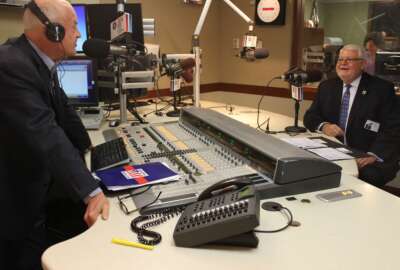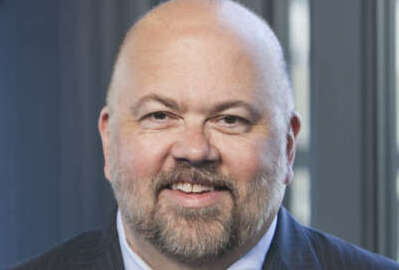
White House civil service blueprint: Reform or revenge?
Politicians who want to reduce the cost of the federal retirement and labor-management programs say they are doing it for the most noble reasons.
Politicians who want to reduce the cost of the federal retirement and labor-management programs say they are doing it for the most noble reasons. They want to ease the financial burden on taxpayers and put the government in line with private sector pensions and unions which have been shrinking or disappearing at a rapid pace.
Many private companies no longer offer defined benefit retirement plans. This forces workers to finance their retirement via social security and 401(k) plans. They argue that it is unfair for the taxpayers to shoulder generous public employee retirement benefits when they, the taxpayers, must make do with a lot less in retirement. It’s an equity thing, they say. Fair is fair.
Others suspect different reasons:
Past administrations, Republican and Democratic, have appealed for the best and brightest people to come into government. Some actually meant it! They’ve especially targeted young people just out of college. George H.W. Bush got high marks for his knowledge of how government worked and for embracing and motivating career senior executives. Barack Obama made it clear he wanted to “make government cool again.” He even took his OPM director, John Berry to several cabinet meetings to boost his status.
By contrast the Trump administration has questioned both the competence and loyalty of folks at the FBI, the CIA, of workers at the departments of State, Education, Justice and the Interior. Late last Friday the White House issued three executive orders aimed at curbing — critics say killing — federal worker unions. The EOs, which have the force of law but don’t have to go through Congress, would limit the amount of official time — which is on-the-clock — that union members have to conduct labor-management business. It would also make it easier to fire federal workers, and reduce the appeals time.
So what’s going on?
J. David Cox, president of the American Federation of Government Employees, thinks that President Donald Trump wants to privatize a large chunk of the federal government and bust unions, starting at the Veterans Affairs Department. Cox, who was once a registered nurse with the VA, now heads the largest white collar federal union. AFGE currently has 318,000 dues-paying members and represents between 600,000 and 700,000 civil servants in a dozen agencies.
Cox was my guest this week on our Your Turn radio show. On the show he said he thinks the White House proposals to cut the federal retirement package — workers would pay more and retirees would get less — is about more than just saving money.
National Treasury Employees Union president Tony Reardon said the EOs spotlight “an administration threatened by workers with rights.” Rather than save the taxpayers money, Reardon said the truth is these orders will disrupt the workplaces of every agency and add to costs as contracts are cancelled or revised.
He said the statements from the White House “are alarming in their pejorative terminology and accusatory tone that federal employees are inherently wasteful.” He added that current law spells out that union reps are entitled to “official time” to negotiate and police contracts and that a lot of that involves health and safety issues.
Both unions endorsed former Secretary of State Hillary Clinton for the presidency. AFGE has endorsed a number of House and Senate candidates, all Democrats, in the upcoming November elections, and is backing several gubernatorial candidates including Lt. Governor Gavin Newsom in California.
What next? The retirement cuts proposed by the White House and some House Republicans must clear Congress. That’s a tall order given the fact that the year is almost half over and politicians’ thoughts, and often bodies, are elsewhere. The crackdown on unions is a done deal, sort of. But most of its provisions aren’t immediate.
The AFGE has already filed suit on the labor-management rules change. There is a good chance unions and groups representing workers and retirees will take Uncle Sam to court over any proposed cutbacks in the retirement package.
It’s going to be a long, hot summer.
Nearly Useless Factoid
By Amelia Brust
Ravens tend to follow wolf packs on hunts because the birds scavenge off of the kill, often not even waiting until the wolves are done eating. As a result, researchers suspect that wolves hunt in packs of four or more because they net more meat than they would in a pair.
Sources: The Cornell Lab of Ornithology
Copyright © 2025 Federal News Network. All rights reserved. This website is not intended for users located within the European Economic Area.
Mike Causey is senior correspondent for Federal News Network and writes his daily Federal Report column on federal employees’ pay, benefits and retirement.
Follow @mcauseyWFED





